Tokushima Prefecture
Awakening
Temple 1
How do I start my pilgrimage? Why am I here? Is the answer as simple as this: I seek to know myself? At this stage of my life, is there more to know?
Somewhat meticulous planning, overthinking, and fretting waste energy. But I do it more than I should. I know I am not the only human on earth who does it. At this point in my life, I know that much of what I worry about never occurs. But I do it anyway. Eventually, when I’ve furled my brow until my head aches, I stop.
And I start doing what I desired anyway.
Why walk
Pilgrims walk the Shikoku 88 temple trek for many reasons. For some it is a continuation of religious or spiritual rituals or similar obligations. There may be a desire to experience Japanese cultural identity… to see how life’s challenges are handled here. It may be as dedication to ancestors. It might be an effort to ensure an easy afterlife.
In my case, it is simply to become a better person. The sense of adventure and leaving my comfort zone complete the picture. Or does it?
Did I have to come to this place which is a mix of tradition and contradiction to witness it all? To console myself with the realization that we are all the same? Then do I return home to reconsider my problems in a different light? I hope to develop more respect and peace for myself and all the people that come into my life.
Start where you are
Pilgrims on Shikoku may start their walk at any one of the 88 temples or Koyasan. Some walk the path in reverse. The markers are placed for walkers walking forward. There are times when signs point forward and backward.
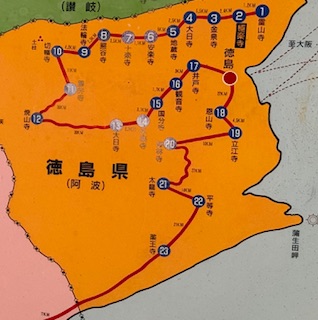
I won’t make my trek any harder than it needs to be. My first footprints on this pilgrimage will be left at temple 1: Ryōzenji. I have just enough faith in myself and enough courage to win the battle in my mind on this trek. I’ll enter the temple, pay my respects, get my stamp, and leave. Then, I will move on to the next one in numerical order. As each day passes, could it possibly become much more…. for me?
I am not hinting at a full-fledged conversion, maybe just a little more understanding. Of Shingon Buddhism and the people who study and believe in the life of Kōbō Daishi. Thousands of pilgrims consider it and do just that. Is it simply a matter of moving forward and stepping out of the gate… 88 times?
To dare is to lose one’s footing momentarily. To not dare is to lose oneself.
– Søren Kierkegaard
So, think about that. There may be one gate from which I may start, but there will be a thousand finish lines.
Fortunately, the first few temples are close in distance to one another. I should be able to do a few before I stop walking for the day.
Day 1
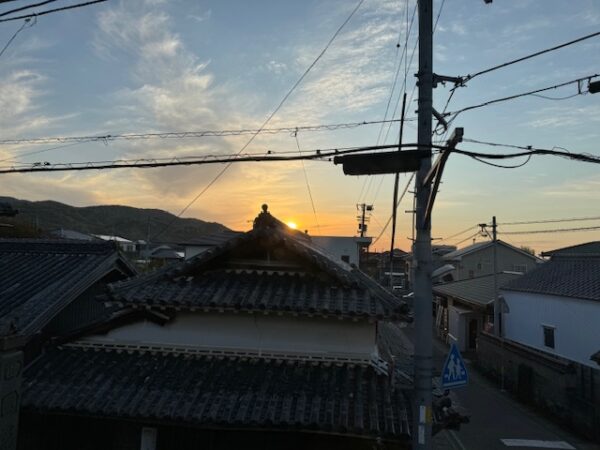
This first day, our host prepared a small breakfast for us as osettai. Breakfast is not included in the price of this accommodation. When that happens, a hungry pilgrim looks for food on the trail. But this morning our host prepared a scant breakfast of cheese-bread, eggs, and tea. He said it was osettai. And it was good.
What is osettai? That is a practice on the path that people or non-pilgrims use to support walking pilgrims along the way. And perhaps to seek a blessing at the next temple. The offering may be a small gift, snack, local fruit, a cool or warm drink. Often, these gestures are made unexpectedly. Just as often, they come right on time and are most appreciated.
Temple time
As an experienced ohenro who completed the pilgrimage, our host accompanied the three of us, two Japanese men and myself, to the first temple. It was only steps from the minshuku.
One man, in his sixties, had already completed the Shikoku four times. The other man, in his eighties, was starting his first pilgrimage. I found out that a (North) American, me, on the trail is a rare sight. For me, this is a distant and secretive place. All of the men were personable and welcoming.
At breakfast we talked about ourselves a bit, given the language barrier, as well as we could. I offered my stickers from my Spanish pilgrimage which they graciously accepted. I brought what I had left to give away during moments like this.
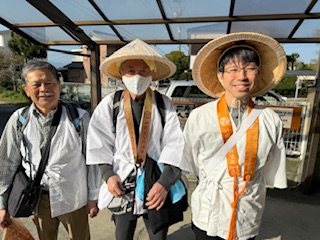
We took photos before starting our walk toward the temple.
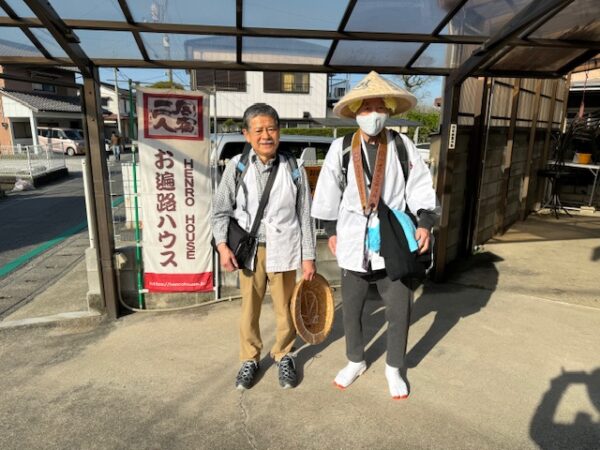
The old man wore jika-tabi or traditional toe boots.
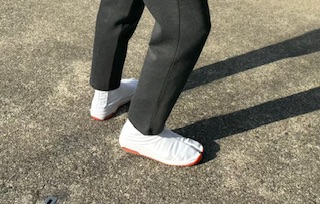
A store next door to the temple sells clothing, walking sticks, name slips, stamp books and bags. Just pick what you want to start your journey and leave the rest!
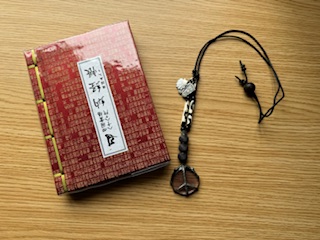
Many pilgrims reverently carry or wear legacy or ancestral items. Well-worn jackets, vests and other clothing, old stamp books, bags, and patinaed walking sticks that have been passed down through generations lend dignity to this endeavor.
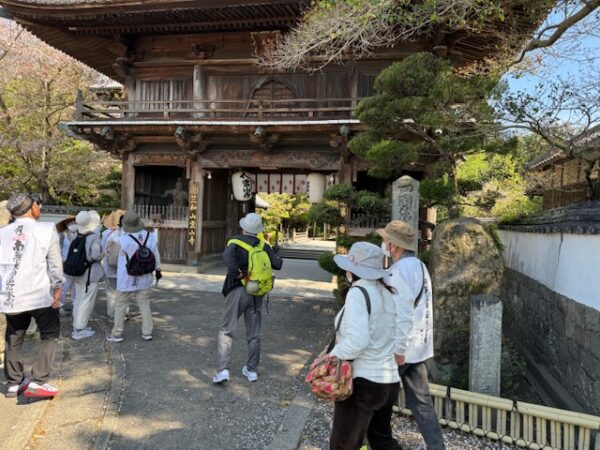
Other pilgrims or ohenros come and go through the temple gates.
Photography
Inside of the main hall, meditation halls, and even the temple offices, there is a lot to see. The images – paintings, sculptures, and calligraphy – are beautiful. However, almost all of Shingon Buddhist temples never allow taking photos.
In the case of Ryōzen-ji, photography of the interior of the main hall, where the Buddha statues and other treasures are kept is not allowed.
Signs forbidding photography of the interior of the main hall are prominently displayed on most structures in most temples. Now, temple offices have started posting warnings against the use of drones.
How I see it
Being the low-key soul I am, I did not take many photos at this, my first visit to a temple. Most of my photography is of the exterior of buildings and the grounds. I tried to be respectful and remember that this space and the others are sacred.
As I move on to each temple, I will respectfully balance my need to record what I see… with my camera and in my mind.
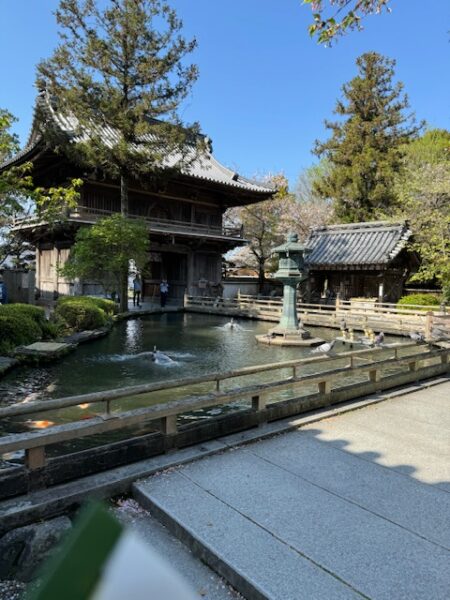
The temple grounds are well-kept.
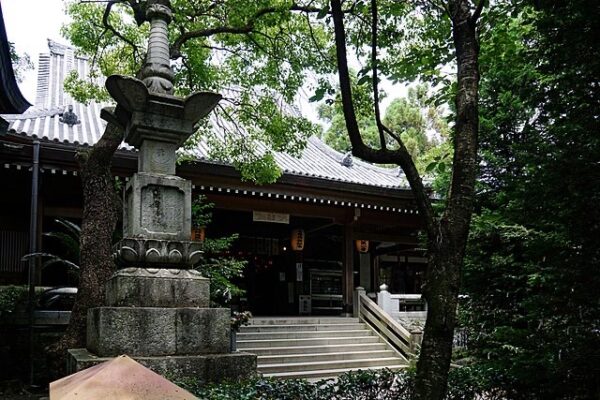
The grounds are in their finest spring greenery.
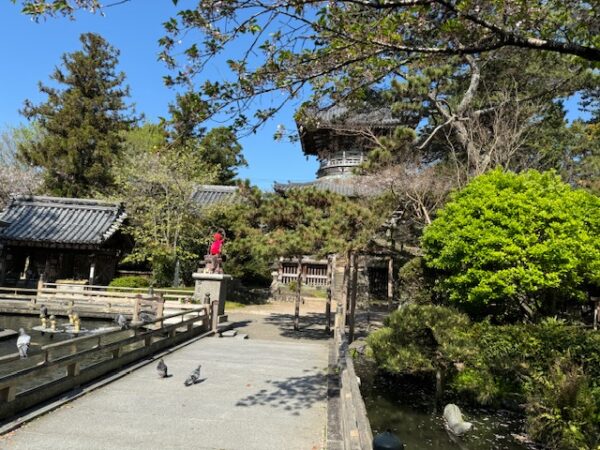
I am taking everything in through my eyes.
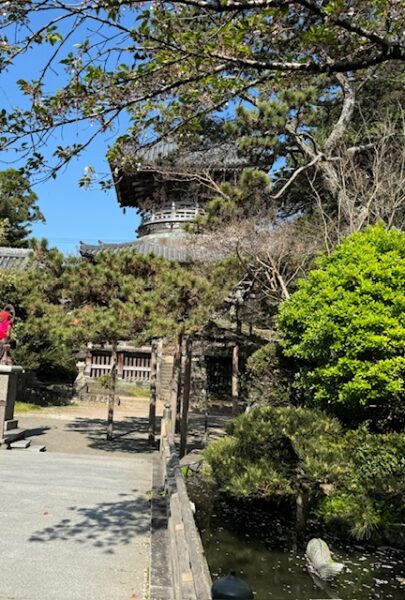
My old friend, the sun, was shining brightly. It literally warmed my heart. I took that as a hopeful sign ahead of my walk around this island.
Oh and this too warmed my heart:
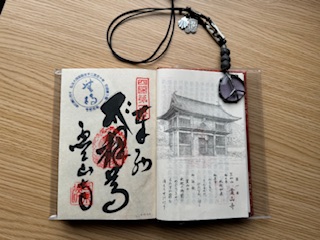
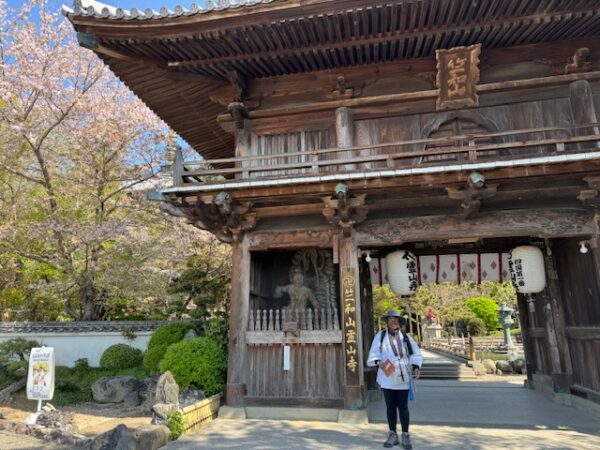
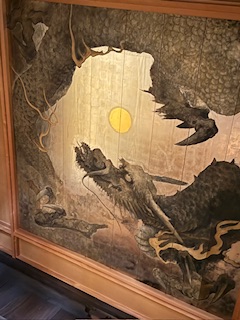
On this day, the start of my pilgrimage, I visited Ryōzen-ji and four more temples: Gokuraku-ji; Konsen-ji; Dainichi-ji; and Jizo-ji.
I will talk about them in an upcoming post.
I’m nervous about starting this walk. But I’m here now and there is no turning back. I like to say, I’m nervous but I’m going. Now I can say, I’m nervous but I’m here. See you next time.
Baadaye and Mata Ne (またね)
Shirley J 👣
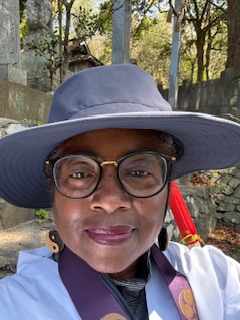
This and several posts during the spring and summer of 2024 will chronicle my pilgrimage in Japan where I am walking 1200 kilometers or 720 miles on the Shikoku trail from Temple 1 Ryōzenji to Temple 88 Ōkuboji and beyond. Read my original announcement here.
I am excited, and I am here, still walking. And just know this, I will return to tell the tale!
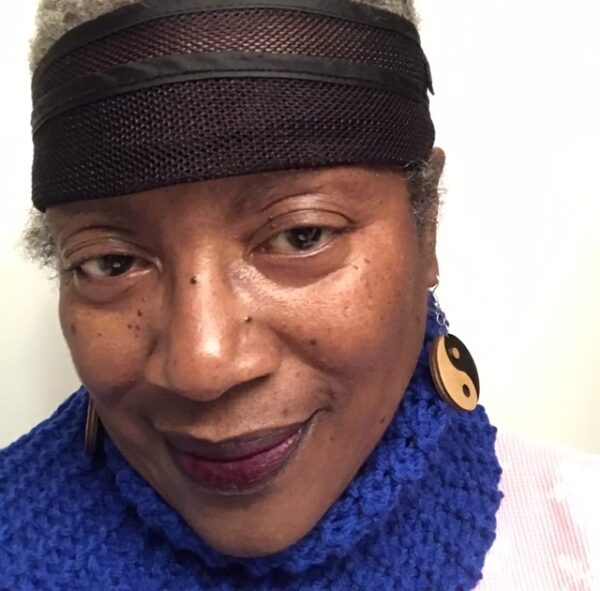
T1
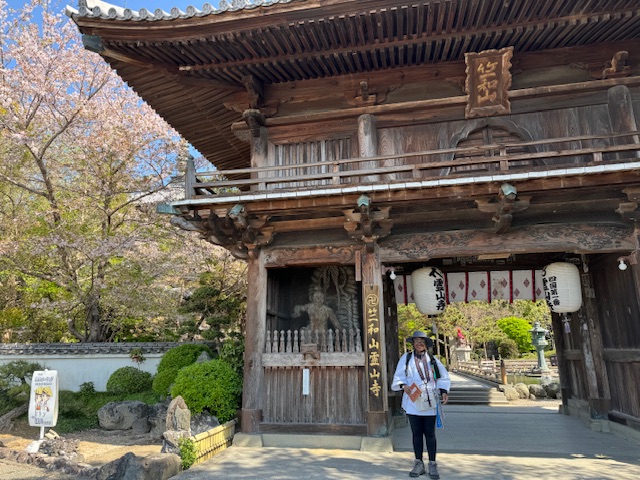
2 thoughts on “🌸 Noire Henro-san: Start at The First Gate”
That sounds like a lovely walk! Hope you find many things along the way.
Thank you for reading. Walking the pilgrimage trail on Shikoku island is not only an exploration of the mountains, temples, and sacred spaces, but also myself. I look forward to it.
Comments are closed.